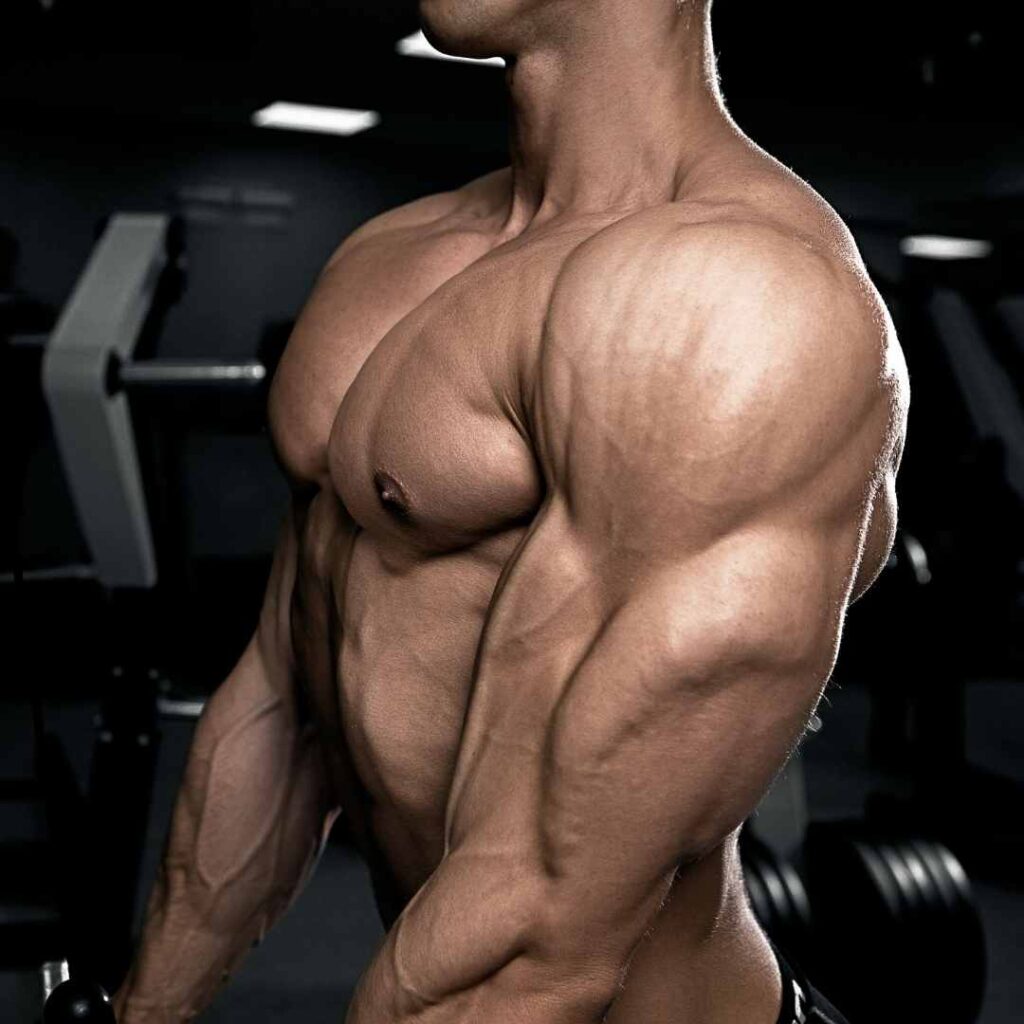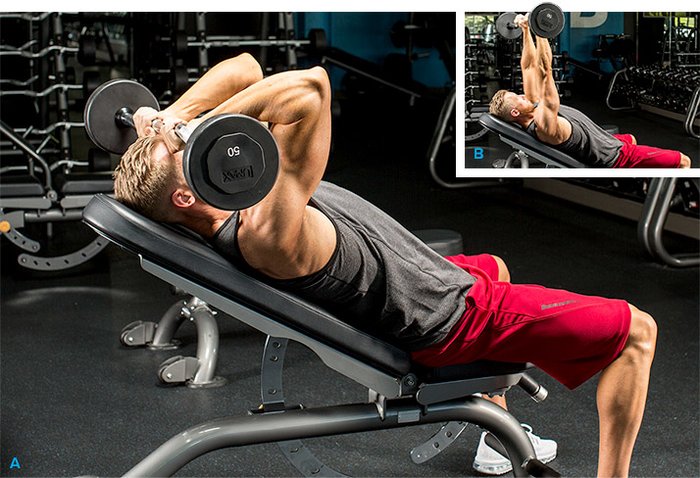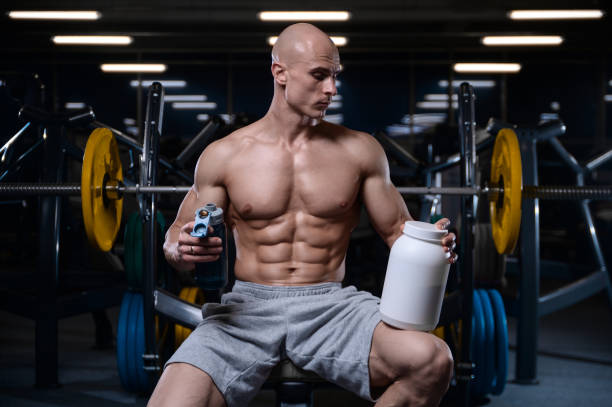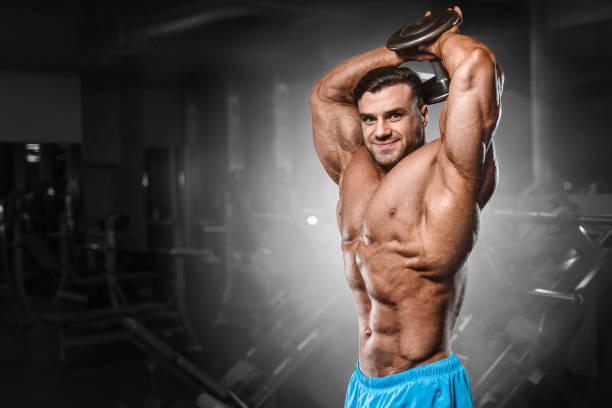Skull crushers, also known as lying triceps extensions, are a fantastic exercise for targeting the triceps muscles. The name “skull crushers” itself might sound a bit aggressive, but when done correctly, they are a great addition to any workout routine aimed at strengthening and developing the arms. In this comprehensive guide, we will explore the benefits, proper form, variations, safety tips, and more to help you maximize the effectiveness of skull crushers.
Understanding Skull Crushers
Proper Form and Technique
To perform skull crushers:
- Lie down on a flat or incline bench with a barbell or dumbbells in your hands.
- Hold the weight directly above your chest with your arms extended.
- Lower the weight towards your forehead by flexing your elbows.
- Extend your elbows to bring the weight back up to the starting position.
Common Mistakes to Avoid
- Using too much weight: This can lead to poor form and potential injury.
- Not controlling the descent: Ensure you are lowering the weight in a slow and controlled manner.
- Not fully extending your elbows: To maximize triceps activation, ensure your elbows are fully extended at the top of the movement.
Muscles Worked During Skull Crushers

Triceps Anatomy and Function
The triceps brachii muscle is located on the back of the upper arm and consists of three heads:
- Long head
- Lateral head
- Medial head
Each head has a specific function in elbow extension and stabilization during various movements.
Secondary Muscle Groups Involved
While the primary focus is on the triceps, skull crushers also engage:
- Anterior deltoids: Shoulder muscles that assist in elbow extension.
- Forearms: Required to grip and stabilize the weight.
- Pectoral muscles: Assist in stabilizing the shoulder joint during the exercise.
Equipment Needed
Dumbbells vs. Barbells
Both dumbbells and barbells can be used for skull crushers:
- Dumbbells allow for a greater range of motion and can help correct muscle imbalances.
- Barbells allow you to lift heavier weights and are more stable for some individuals.
Alternative Equipment Options
- EZ-curl bars: Provide a different grip and can reduce strain on the wrists.
- Resistance bands: Offer variable resistance throughout the movement, challenging your muscles differently.
Benefits of Skull Crushers

Strength and Muscle Hypertrophy
Skull crushers are highly effective for:
- Building strength in the triceps: Essential for pushing movements in sports and everyday activities.
- Promoting muscle hypertrophy: Important for increasing the size and definition of your triceps.
Improving Elbow Extension
Skull crushers help in:
- Enhancing elbow extension strength: Crucial for maintaining joint health and mobility.
- Developing arm aesthetics: Strong, well-defined triceps can give your arms a more sculpted appearance.
Setting Up for Success
Choosing the Right Weight
- Select a weight that allows you to perform 8-12 repetitions with proper form.
- Adjust the weight as needed to ensure you are challenging your muscles without compromising your technique.
Adjusting Bench Position
- Set the bench at a 30-45 degree angle for optimal triceps engagement.
- Ensure your feet are flat on the ground to provide a stable base of support.
Step-by-Step Guide to Performing Skull Crushers

Starting Position
- Lie down on a bench with your back flat against the pad.
- Hold the barbell or dumbbells with an overhand grip, directly above your chest.
Movement Execution
- Lower the weight by bending your elbows, keeping them close to your head.
- Extend your elbows to lift the weight back up, returning to the starting position.
Variations of Skull Crushers
Close-Grip vs. Wide-Grip
- Close-grip skull crushers: Place more emphasis on the long head of the triceps.
- Wide-grip skull crushers: Target the lateral and medial heads of the triceps.
Incline vs. Flat Bench
- Incline skull crushers: Shift the focus to the upper portion of the triceps.
- Flat bench skull crushers: Work the entire triceps muscle.
Safety Tips
Spotting Techniques
- Use a spotter when lifting heavy weights to ensure safety.
- Communicate clearly with your spotter about your goals and expectations.
Warm-Up and Cool-Down
- Perform a warm-up that includes dynamic stretches and light cardio to prepare your muscles.
- Cool down with static stretching and deep breathing exercises to promote muscle recovery.
Common Mistakes to Avoid
Overextension of the Elbows
- Avoid hyperextending your elbows at the top of the movement, which can cause injury over time.
- Focus on controlled movements to prevent overextension and maintain proper muscle tension.
Incorrect Breathing Techniques
- Inhale as you lower the weight towards your forehead.
- Exhale as you extend your elbows and lift the weight back up.
Frequency and Repetitions
How Often Should Skull Crushers Be Performed?
- Perform skull crushers 1-2 times per week, allowing your muscles time to recover and grow.
- Adjust the frequency based on your overall training program and goals.
Ideal Rep and Set Ranges
- Complete 3-4 sets of 8-12 repetitions to stimulate muscle growth and strength gains.
- Increase the weight gradually as you become stronger and more proficient in the exercise.
Incorporating Skull Crushers into Your Routine

Where Do Skull Crushers Fit into Your Workout?
- Include skull crushers towards the end of your triceps workout for maximum fatigue and muscle growth.
- Combine with compound movements like bench press to create a well-rounded arm workout.
Combining with Other Triceps Exercises
- Pair skull crushers with exercises like triceps dips and cable pushdowns to target different aspects of triceps development.
- Rotate your exercises regularly to prevent plateaus and keep your workouts engaging.
Progression and Tracking
How to Track Progress
- Keep a workout journal to record the weight used, sets, and repetitions for each session.
- Track your progress to ensure you are consistently challenging yourself and making gains.
When to Increase Weight
- Increase the weight when you can perform 12 repetitions with proper form and without excessive strain.
- Progress gradually to avoid injury and promote steady muscle growth.
Nutrition and Recovery

Importance of Protein Intake
- Consume protein-rich foods such as lean meats, fish, eggs, and dairy to support muscle repair and growth.
- Consider a protein supplement if you struggle to meet your protein needs through diet alone.
Proper Hydration
- Drink plenty of water throughout the day to maintain muscle hydration and prevent cramping during workouts.
- Hydrate before and after your workout sessions to optimize performance and recovery.
Conclusion
Incorporating skull crushers into your workout routine can significantly enhance your triceps development. By following proper form and technique, adjusting weights accordingly, and strategically incorporating skull crushers into your workout regimen, you will build stronger and more defined triceps over time. Remember to start with lighter weights to master the movement and gradually increase the resistance as your strength improves.
Unique FAQs
- Are skull crushers safe for beginners?
- Yes, but start with light weights and focus on proper form to avoid injury.
- Can skull crushers help with bench press strength?
- Yes, skull crushers strengthen the triceps, which assist in bench pressing movements.
- What should I do if I feel elbow pain during skull crushers?
- Stop immediately and consult with a fitness professional to correct your form and prevent injury.
- Is it better to do skull crushers with a barbell or dumbbells?
- It depends on personal preference and your fitness goals. Dumbbells allow for a greater range of motion, while barbells allow you to lift heavier weights.
- How long should I rest between sets of skull crushers?
- Rest for 60-90 seconds between sets to optimize muscle recovery and performance.
